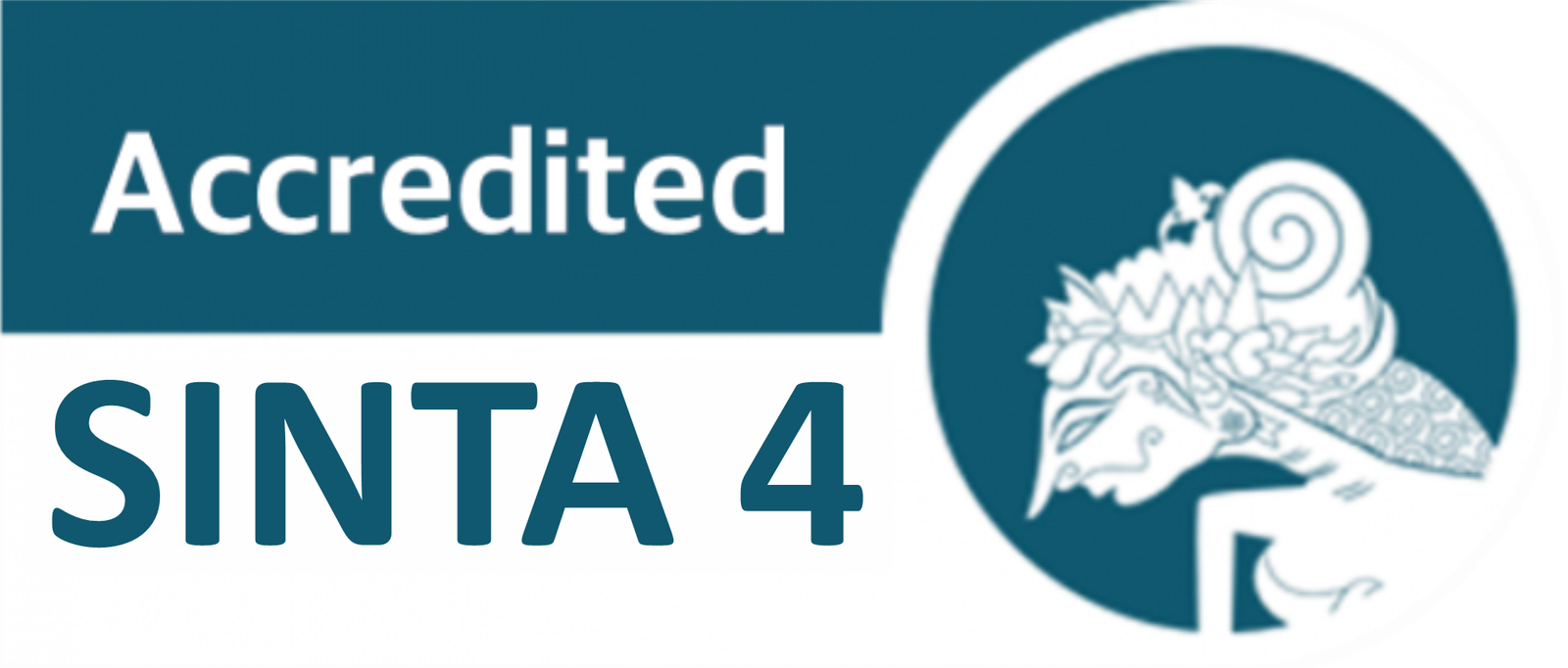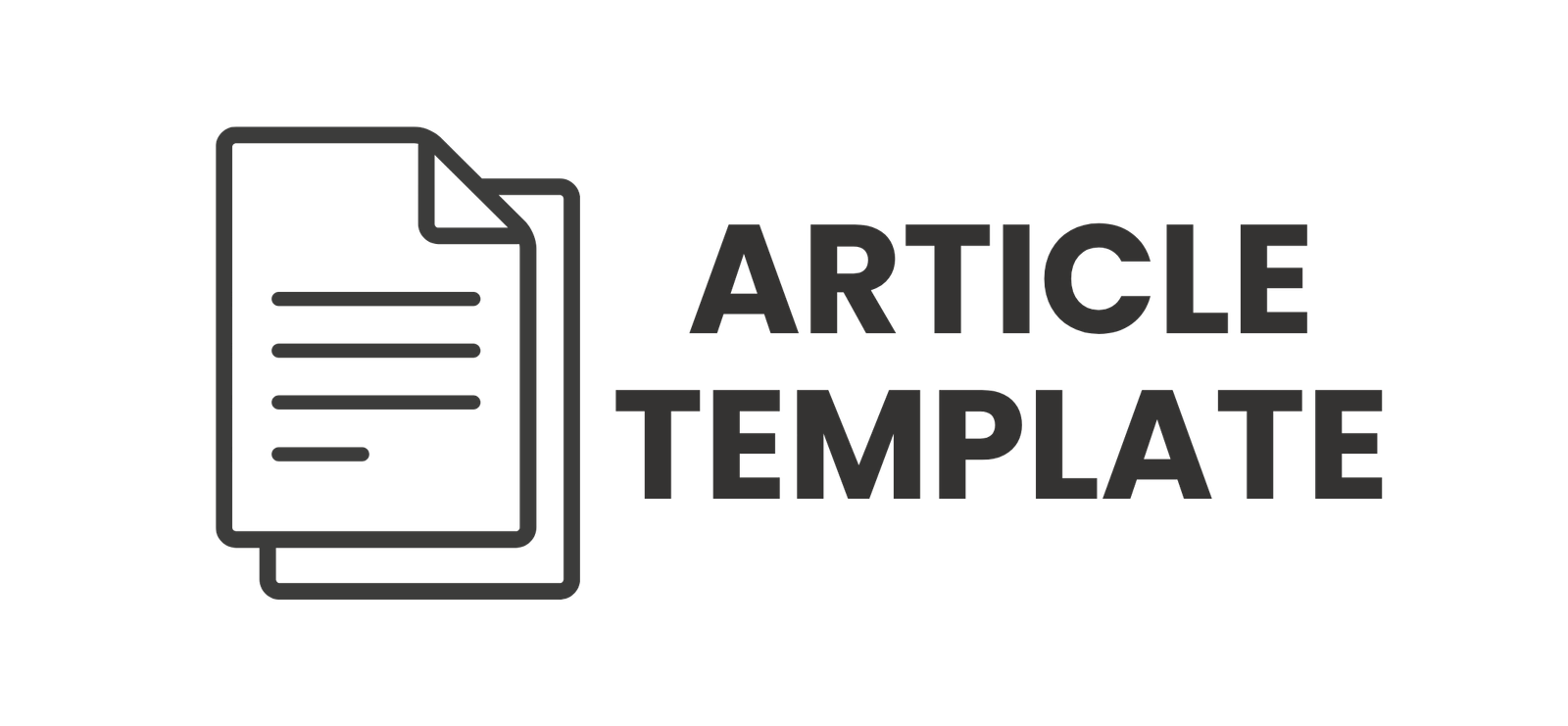Augmented Reality Media in Teaching English for Young Learner
DOI:
https://doi.org/10.30605/jsgp.5.3.2022.2030Keywords:
Augmented Reality, Learning Media, Young Learner, Teaching English, ICTAbstract
The development of technology is growing rapidly. This affects several sectors of life. One of them is in the education sector. Teachers are accustomed to use information and communication technology (ICT) tools such as computers and smartphones in learning. Especially in early childhood learning where the use of smartphones can motivate students in learning. Therefore, the researcher used smartphone in learning by using Augmented Reality as a Media. The Augmented reality media is in the form of books. The books are ABC fun with Mickey and 123 counting fun with Mickey. This research used qualitative research. The data were collected by using classroom observation and interview. The obtained data were analyzed in four major namely data collection, data display, data condensation and draw conclusion. Based on the result of observation, the students were active in learning English by using augmented reality media. They were very excited because it was a new experience for them in learning by using this media. Beside that, it was very helpful because the media was interactive and students were able to learn while playing which really supports student learning, especially for young learner. They highly recommend the use of this media because it is very interesting for students
Downloads
References
Agata, D., Yuniarti, H., & Adison, A. A. P. (2021). Android Based English Learning Media and Quiz Using Augmented Reality. In International Conference on Applied Science and Technology on Social Science (ICAST-SS 2020) (pp. 15-21). Atlantis Press. DOI: https://doi.org/10.2991/assehr.k.210424.004
Riady, A. (2021). Pendidikan Berkualitas di Era Digital:(Fokus: Aplikasi Sebagai Media Pembelajaran). Jurnal Literasi Digital, 1(2), 70-80.
Artika, S. D. (2022). Penggunaan Augmented Reality Pada Aplikasi Pembelajaran Interaktif Untuk Anak. Journal of Information Technology and Computer Science.
Azuma, R. T. (2017, June). Making augmented reality a reality. In Propagation Through and Characterization of Atmospheric and Oceanic Phenomena (pp. JTu1F-1). Optical Society of America. DOI: https://doi.org/10.1364/3D.2017.JTu1F.1
Carmigniani, J., Furht, B., Anisetti, M., Ceravolo, P., Damiani, E., & Ivkovic, M. (2011). Augmented reality technologies, systems and applications. Multimedia tools and applications, 51, 341-377. DOI: https://doi.org/10.1007/s11042-010-0660-6
Dutta, K. (2015). Augmented reality for e-learning. In Seminar Augmented Reality, Mobile & Wearable. Aachen: Augmented Reality, Mobile & Wearable.
Garzón, J., & Acevedo, J. (2019). Meta-analysis of the impact of Augmented Reality on students’ learning gains. Educational Research Review, 27, 244-260. DOI: https://doi.org/10.1016/j.edurev.2019.04.001
Hsu, T. C. (2017). Learning English with augmented reality: Do learning styles matter?. Computers & Education, 106, 137-149. DOI: https://doi.org/10.1016/j.compedu.2016.12.007
Indriyani, F., & Sihite, K. R. (2015). Pengenalan Huruf, Angka dan Warna Pada Anak Usia Dini Melalui Pembelajaran Berbasis Multimedia. Paradigma, 17(1), 20-28.
Kasihani, S. (2007). English for young learners. Jakarta: Bumi Aksara.
Miles, M. B., Huberman, A. M., & Saldaña, J. (2018). Qualitative data analysis: A methods sourcebook. Sage publications.
Mills, G. E., & Gay, L. R. (2018). Educational Research: Competencies for Analysis and Applications. Pearson Education.
Nurrita, T. (2018). Pengembangan media pembelajaran untuk meningkatkan hasil belajar siswa. MISYKAT: Jurnal Ilmu-ilmu Al-Quran, Hadist, Syari'ah dan Tarbiyah, 3(1), 171. DOI: https://doi.org/10.33511/misykat.v3n1.171
Rahmi, R. (2014). The Implementation of Media in English Language Teaching. Visipena Journal, 5(1), 1–17. https://doi.org/10.46244/visipena.v5i1.220 DOI: https://doi.org/10.46244/visipena.v5i1.220
Saputri, D. S. C. (2017). Penggunaan Augmented Reality Untuk Meningkatkan Penguasaan Kosa Kata dan Hasil Belajar. Jutisi: Jurnal Ilmiah Teknik Informatika Dan Sistem Informasi, 6(1), 1357–1366.
Santosa, I., Nurkhamidah, N., & Wulandari, R. (2021). Identifying The Criteria of Designing Augmented Reality for Vocabulary Learning in Primary School. JISIP (Jurnal Ilmu Sosial dan Pendidikan), 5(4). DOI: https://doi.org/10.58258/jisip.v5i4.2634
Tulgar, A. T. (2019). In between reality and virtuality: Augmented reality in teaching English to young learners. Selçuk Üniversitesi Sosyal Bilimler Enstitüsü Dergisi, (41), 356-364.
Vedadi, S., Abdullah, Z. B., & Cheok, A. D. (2019, April). The effects of multi-sensory augmented reality on students’ motivation in english language learning. In 2019 IEEE Global Engineering Education Conference (EDUCON) (pp. 1079-1086). IEEE. DOI: https://doi.org/10.1109/EDUCON.2019.8725096
Wati, E. R. (2019). Ragam Media Pembelajaran. Kata Pena.
Wedyan, M., Falah, J., Elshaweesh, O., Alfalah, S. F., & Alazab, M. (2022). Augmented reality-based English language learning: importance and state of the art. Electronics, 11(17), 2692. DOI: https://doi.org/10.3390/electronics11172692
Downloads
Published
How to Cite
Issue
Section
License
In submitting the manuscript to the journal, the authors certify that:
- They are authorized by their co-authors to enter into these arrangements.
- The work described has not been formally published before, except in the form of an abstract or as part of a published lecture, review, thesis, or overlay journal.
- That it is not under consideration for publication elsewhere,
- That its publication has been approved by all the author(s) and by the responsible authorities – tacitly or explicitly – of the institutes where the work has been carried out.
- They secure the right to reproduce any material that has already been published or copyrighted elsewhere.
- They agree to the following license and copyright agreement.
License and Copyright Agreement
Authors who publish with JSGP agree to the following terms:
- Authors retain copyright and grant the journal right of first publication with the work simultaneously licensed under Creative Commons Attribution License (CC BY-SA 4.0) that allows others to share the work with an acknowledgement of the work's authorship and initial publication in this journal.
- Authors are able to enter into separate, additional contractual arrangements for the non-exclusive distribution of the journal's published version of the work (e.g., post it to an institutional repository or publish it in a book), with an acknowledgement of its initial publication in this journal.
- Authors are permitted and encouraged to post their work online (e.g., in institutional repositories or on their website) prior to and during the submission process, as it can lead to productive exchanges, as well as earlier and greater citation of published work.














